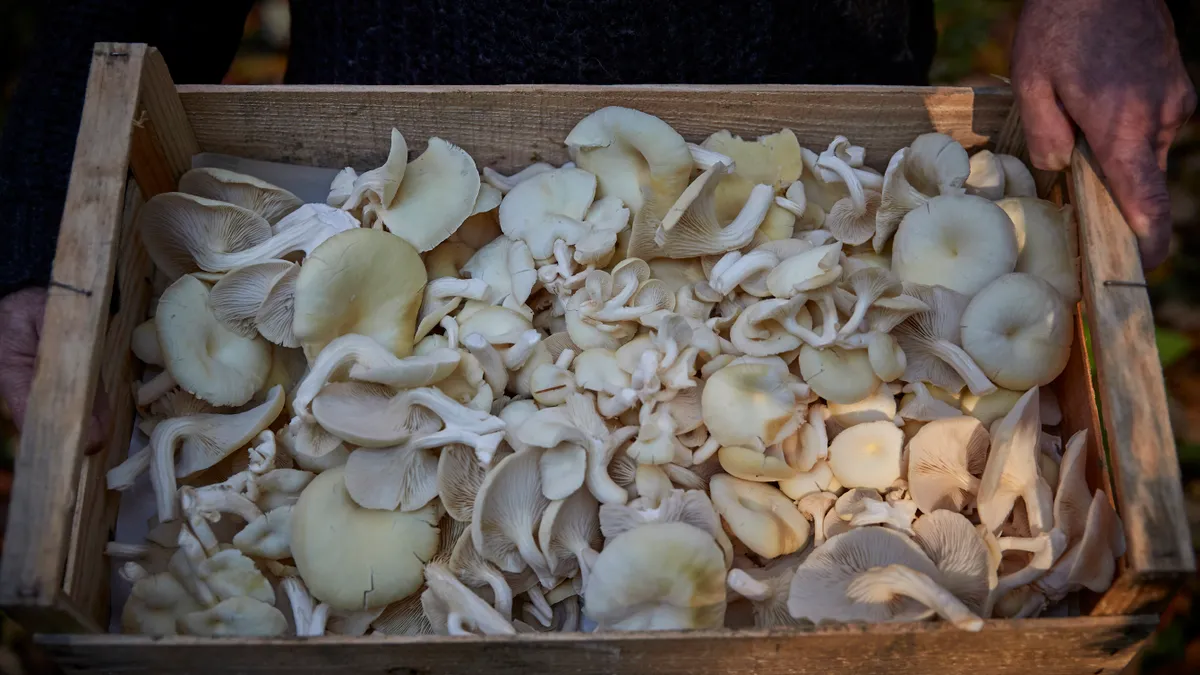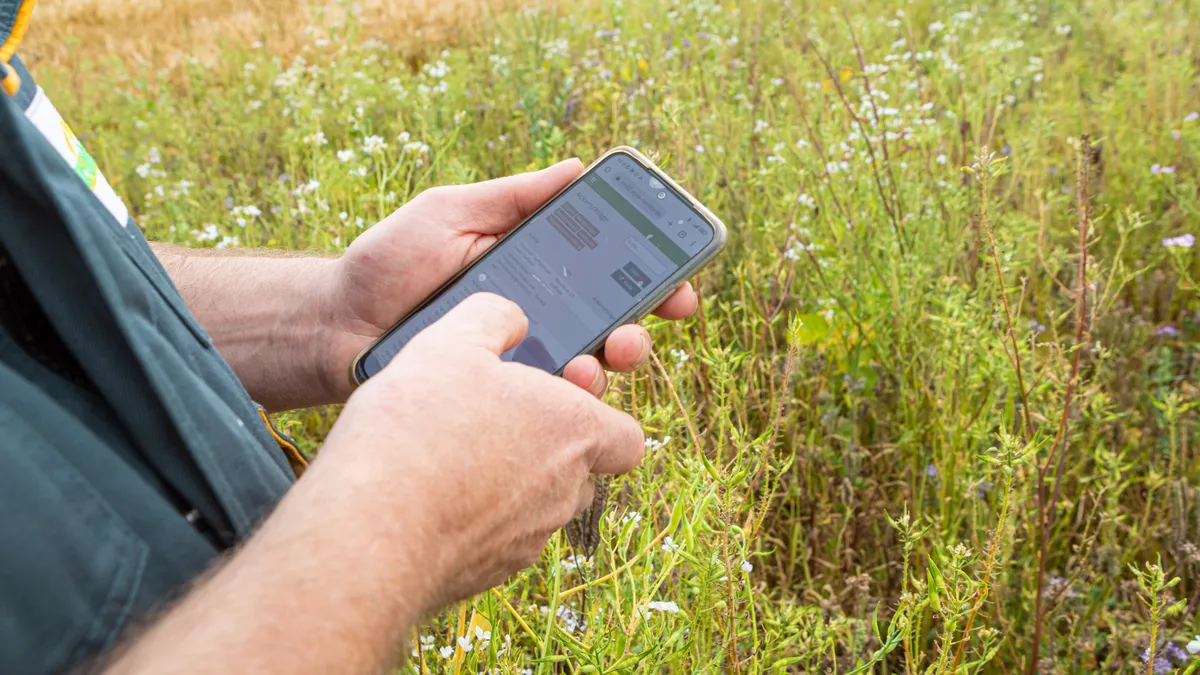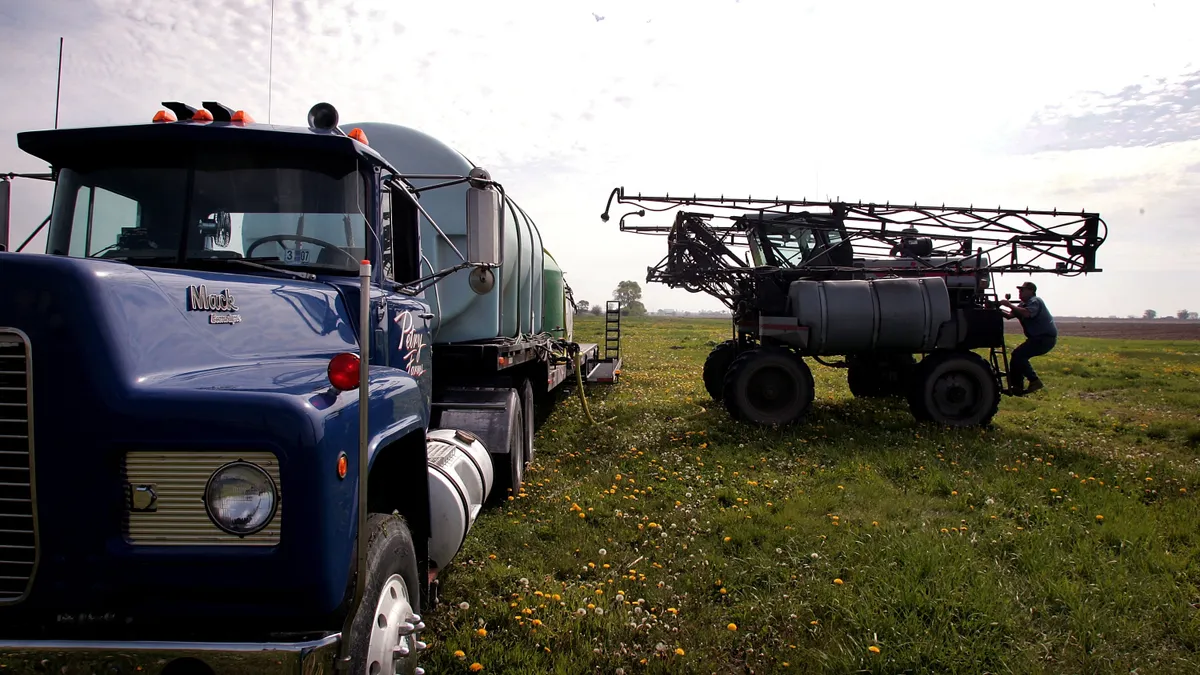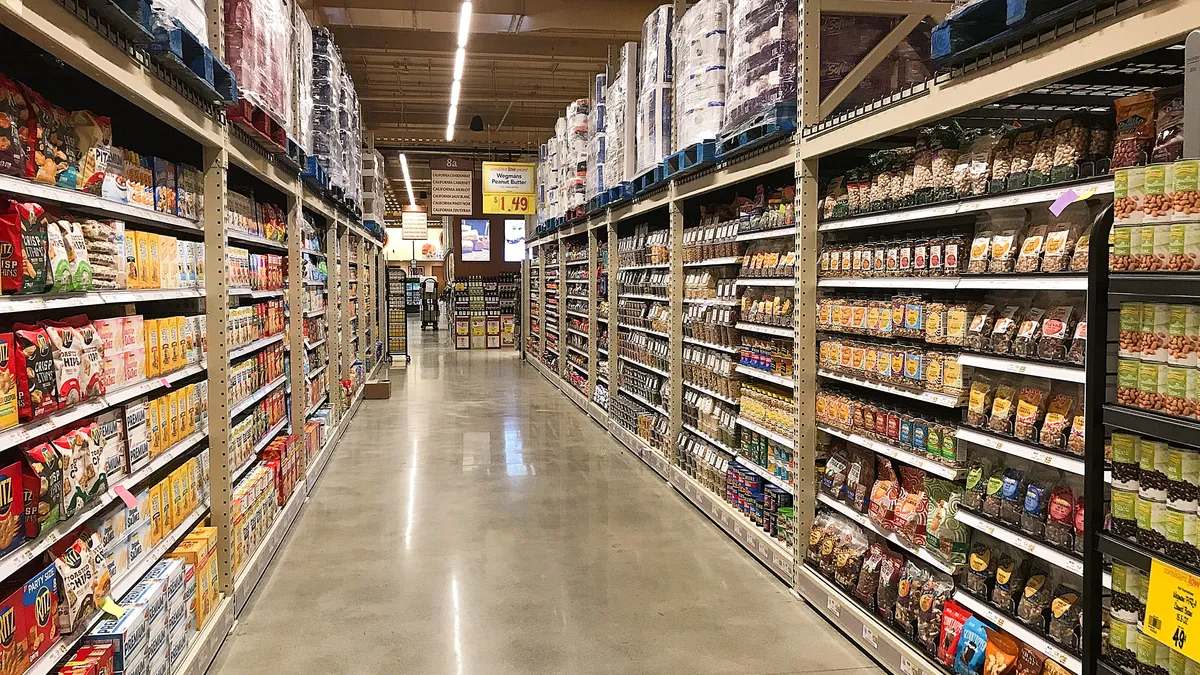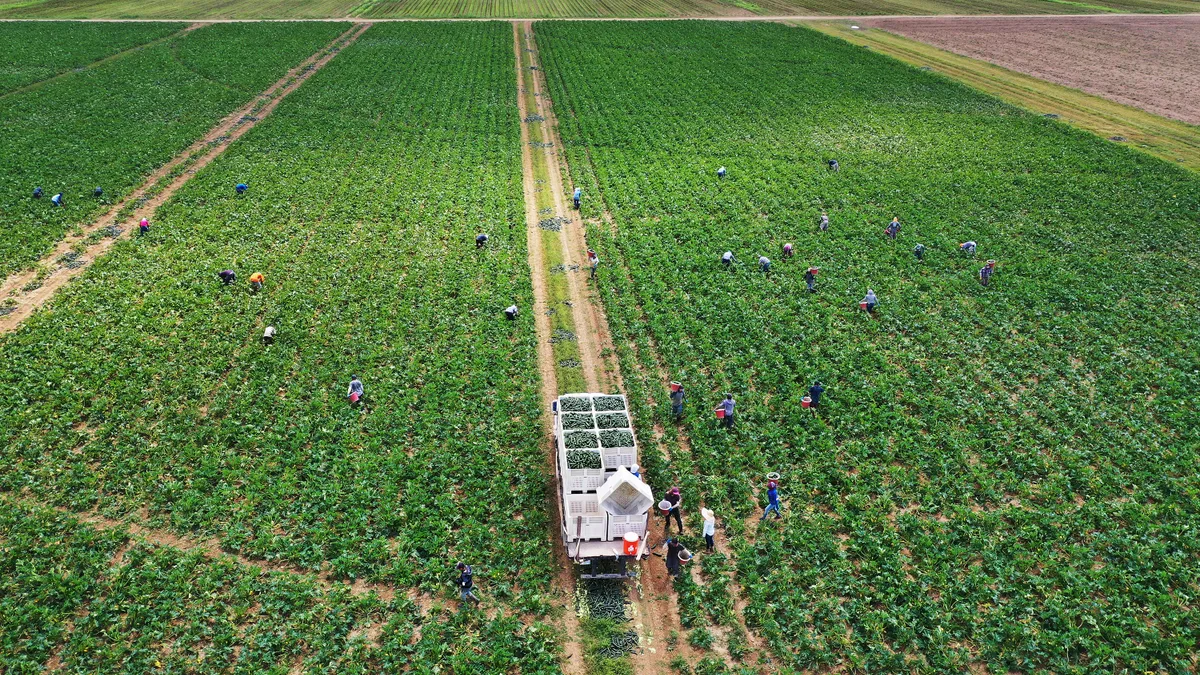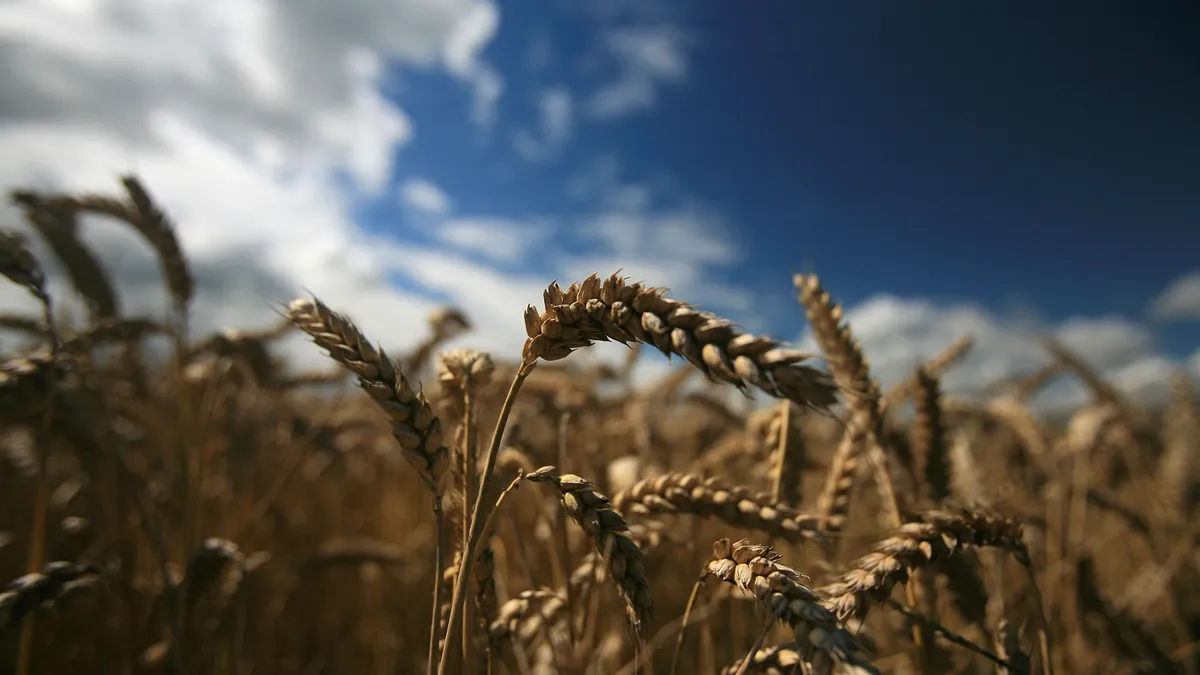From leftover cotton fibers to pruned branches, crops can generate significant amounts of waste. New research, however, shows that mushrooms could be the key to cleaning up agricultural byproducts while creating additional revenue streams for farmers.
A study from the University of Ibadan in Nigeria found that growing mushrooms in waste can be a natural tool for addressing pollution, especially in rural and suburban areas of the country where “open dumping” of untreated human, industrial, and agricultural waste is the most common method of waste disposal.
With a goal of finding healthier, more eco-friendly and cheaper options for dealing with waste, researchers found the potential to create newly arable farmlands for other important crops, which could generate revenue while cleaning hazardous areas.
The study, already published and set to be included in the March 2024 issue of Waste Management Bulletin, underscores agriculture's role in addressing a global waste problem that costs billions of dollars and contributes to greenhouse gas emissions. While most research has focused around post-harvest and retail food waste, recent studies suggest that on-farm waste is a larger problem than producers realize.
In developing countries like Nigeria, on-farm waste is typically handled through open dumping or burning, which can cause soil, water, and air pollution, while spreading disease in humans, plants and animals. Reusing refuse for growing edible, native fungi can foster the rapid biological cleaning of the environment that’s required in these areas, while also creating new jobs and revenue.
Dr. Victor Ekun, a lecturer at University of Ibadan's crop science department, told Agriculture Dive that the research came out of his PhD focus on mushroom husbandry.
He and his team tested different substrates, including common refuse from the agriculture industry like mango branches, cotton waste and saw dust from the Bodija Market Ibadan. Some of these materials contain the nutrients to produce several flushes of mushroom crop, and would otherwise be litter.
“It is an artificial way of growing mushrooms, it is not going to the farm,” Ekun said. “You do everything from the lab, from production of the seeds, which is called spawn.”
Once the mushroom spawn was created in the lab, it was then inoculated into the refuse. After incubating for three months in the mushroom house of the Department of Botany, the mushrooms were ready for harvesting — and eating.
“You can use this to make your omelet, add it to your salad, make your soup and so on,” Ekun said. “The nutrient value is very high.”
The mushrooms aren’t the only by-product of this process. Since the mushrooms pull out all the nutrients they need from this waste material, what’s left behind after you harvest them is “spent substrate,” also known as spent mushroom compost. It can be used for amending soil, since it’s so high in organic matter and highly nutritious. This is a process called mycoremediation, which harnesses fungi’s abilities to break down materials to solve pollution problems.
Mushroom husbandry requires little or no experience and low investment for the initial setup. This study is a step toward showing that mushroom cultivation could be a natural tool for the tricky task of waste management, with added benefits like employment and revenue generation.
Mycoremediation is being adopted in a few different places already. In the US, a biotechnology startup called Mycocyle has been using fungi to break down and detoxify construction waste including asphalt shingles, insulation board, and other hard-to-recycle building materials. The University of Washington has also used oyster mushrooms to remediate soil contaminated with petroleum or diesel oil.
Many questions remain about which mycoremediation mushrooms are safe to eat, which kinds of fungi can be used, and which waste substrates will be successful. The researchers in Nigeria used three species of wild native fungi in the Auricularia genus, like wood ear mushrooms.
Ekun pointed to the fact that these mushrooms are a valuable crop and, in many ways, are a more sustainable alternative to red meat, as well. In the future, Ekun told Agriculture Dive that he is interested in experimenting with various types of waste as substrates to see what other types of refuse can be "automatically converted, recycled or transformed into other products.”


